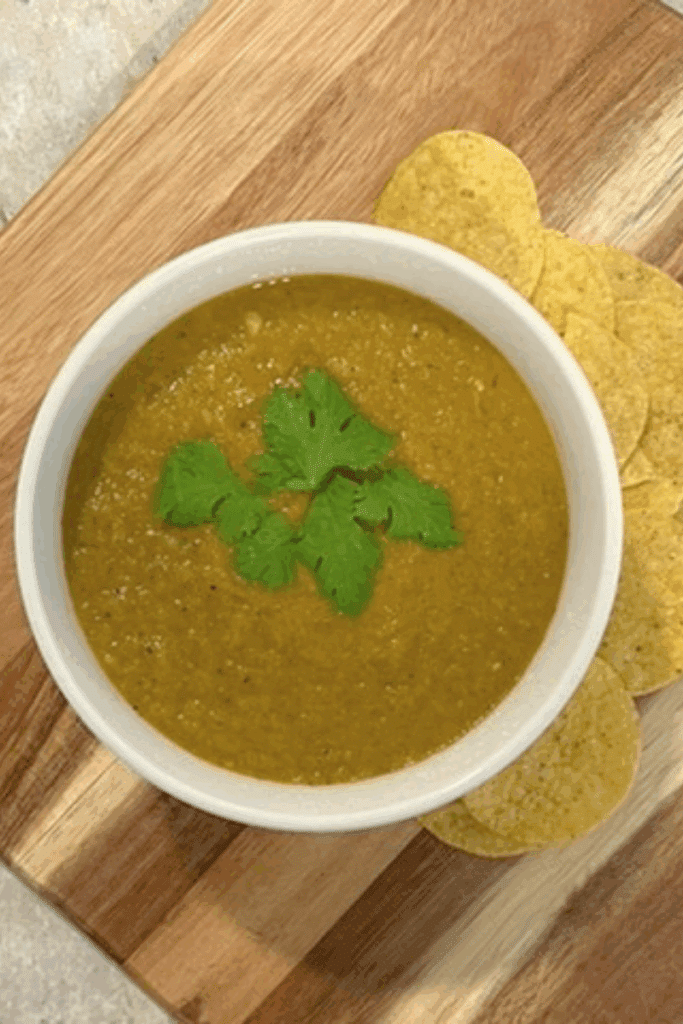In warmer climates, winter doesn’t mean gardening is done – rather, it’s an opportunity to keep growing! Experimenting with what to plant and how to care for your garden in different seasons always opens the door to learning new things – that’s why we’ve compiled a list of tips and tricks to get you started on your winter garden journey. Follow the steps below to help keep your garden healthy this cooler season.
Choose the right plants
You should be planting vegetables that grow well in the cool season where winters are warmer and frosts are rare. These include leafy greens, carrots, broccoli, Brussels sprouts, onions, and cabbages.
Pick a sunny spot
Remember that the days are shorter in the winter, so choose a spot in your garden that gets the most sun. Most vegetable plants need at least 6 hours of sunshine.
Start seeds indoors
If temperatures are too low, you might need to start your seeds indoors. Put your sprouting seedlings inside in a very sunny window or in a warm, sheltered, sunny spot. Cool-season crops grow best when temperatures are between 65°F and 75°F.
Protect from the cold
Use plastic sheeting or fabric row cover to protect your garden from frost and chilling winds. Make sure the covering you use doesn’t touch the plant’s leaves. You can remove the covers once the danger of frost has passed.
Prepare the soil
To prepare your garden, make sure to loosen the soil by breaking up the surface, adding compost, and watering it.
Water carefully
The best time to water your garden is in the early morning to avoid diseases that can grow and spread on wet plants. Keep an eye on the weather forecast to make sure to not water your garden when rain (or snow) is expected – you don’t want to drown your plants!
Mulch
Apply mulch to the soil around your plants to help retain moisture and regulate the soil temperature. Mulch is also good at suppressing weeds. Find a mulch that is free or cheap in your area – for example, fallen leaves, straw, or hay can make great mulch.
Fertilize
Fall and winter are important times to fertilize your garden. Use an organic fertilizer or compost and mix into the surface of the soil every 1-2 months to get the best possible results.
Happy planting!


